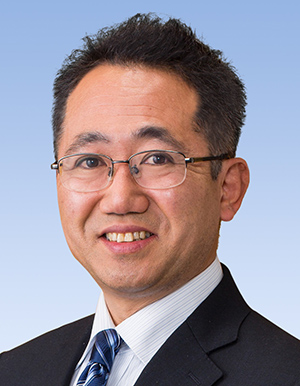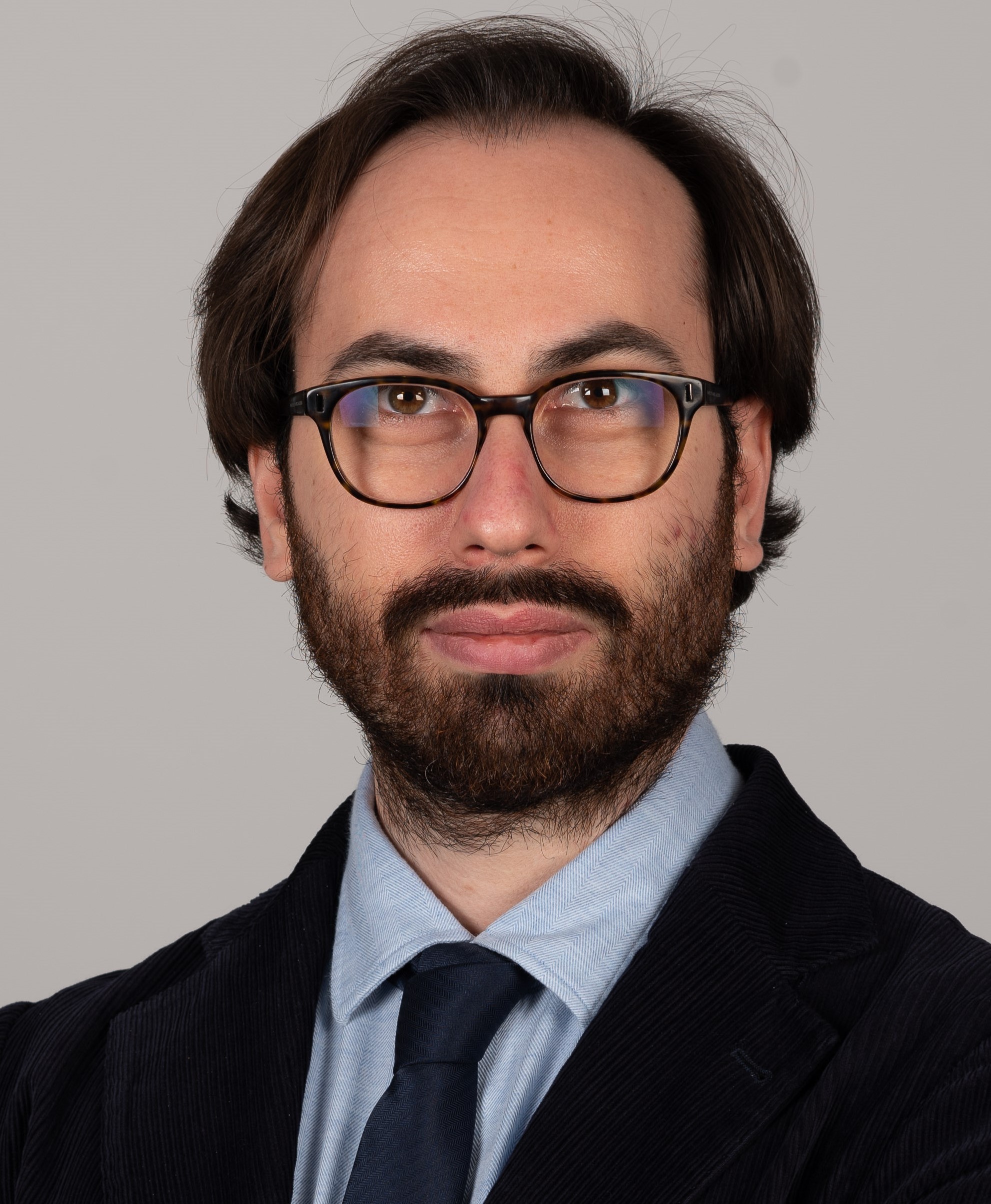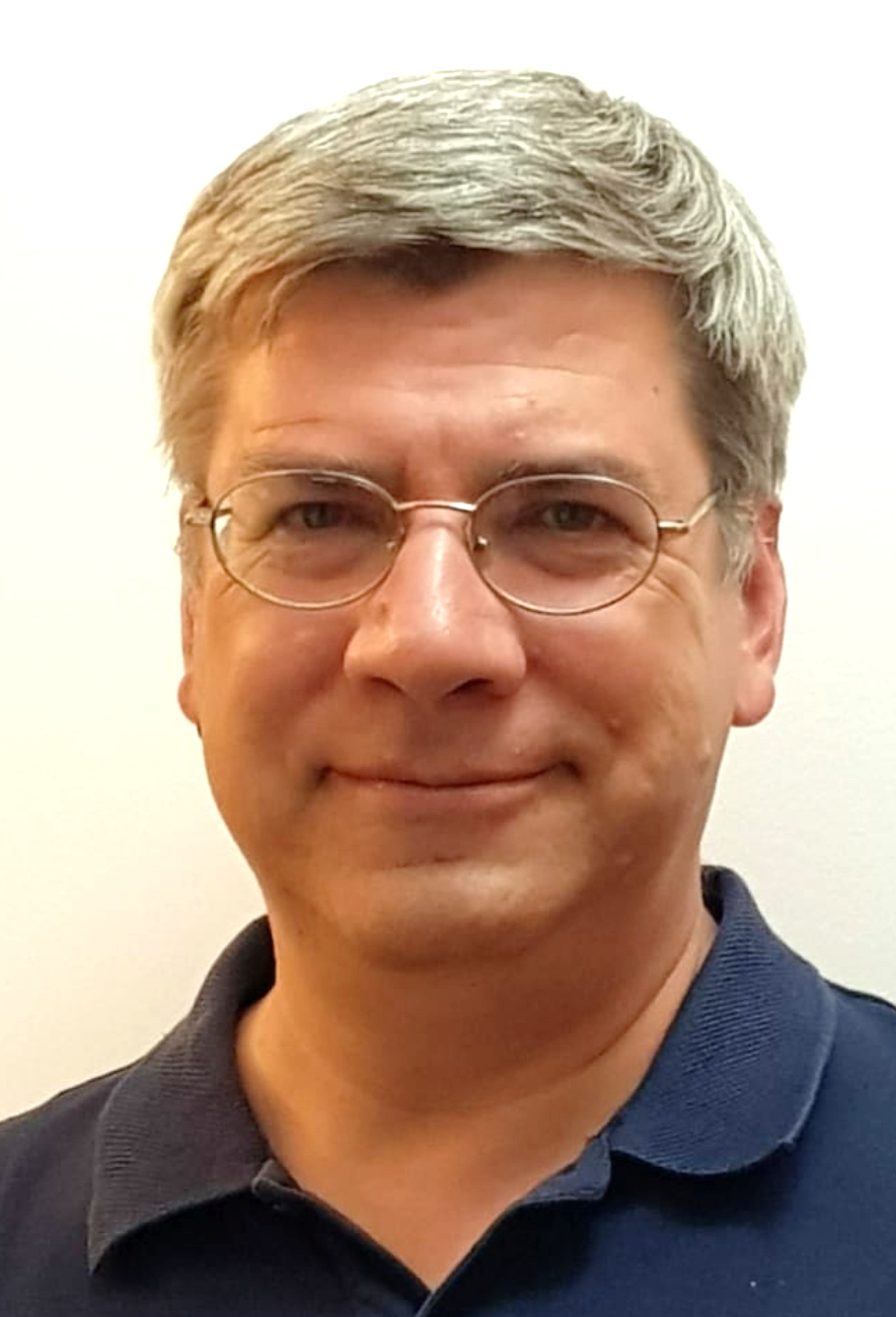TITLE: Advancements in Boosting Optical Circuit Switching Capacity in Clos Networks for Data Centers
SPEAKER: Eiji Oki, Kyoto University, Kyoto, Japan
Abstract
This talk describes the forefront of circuit switching technologies expected to shape future data centers, focusing on optical switching. It is renowned for its enhanced switching capacity and energy efficiency. A network in a data center with switches and routers manages large-scale data processing tasks. Future data centers are expected to implement sophisticated circuit switching technologies, particularly optical switching, which are recognized for their superior transmission capacity and energy efficiency. Optical circuit switching technology provides consistent communication quality by creating and sustaining a dedicated connection for the entire duration of data transmission. A Clos network exemplifies a multi-layered switching architecture with hierarchically interconnected switches. Data centers prefer Clos-network structures for their scalability. This talk explores advancements in optimizing Clos networks to amplify switching capacity while preserving internal blocking quality. We first discuss the basic structure of Clos networks and their variations. We examine the characteristics of various Clos network design models that satisfy the non-blocking property and guarantee an admissible blocking probability, providing essential insights and extensively discussing their performance metrics, including switching capacities and computation times. This talk discusses both theoretical and practical aspects. Leveraging a comprehensive review of research progress, we confront the challenges inherent in augmenting the switching capacity of Clos networks, offering directions for future studies.
BIO
 Eiji Oki is a Professor at Kyoto University, Kyoto, Japan. He received the B.E. and M.E. degrees in instrumentation engineering and a Ph.D. in electrical engineering from Keio University, Yokohama, Japan, in 1991, 1993, and 1999, respectively. In 1993, he joined Nippon Telegraph and Telephone Corporation (NTT) Communication Switching Laboratories, Tokyo, Japan. He has researched network design and control, traffic control methods, and high-speed switching systems. From 2000 to 2001, he was a Visiting Scholar at Polytechnic University, Brooklyn, New York, where he was involved in designing terabit switch/router systems. He was engaged in researching and developing high-speed optical IP backbone networks with NTT Laboratories. He was with The University of Electro-Communications, Tokyo, Japan, from 2008 to 2017. He joined Kyoto University, Japan, in 2017. He has been active in the Internet Engineering Task Force (IETF). He has authored/contributed to twelve IETF RFCs. He has authored/co-authored nine books on the areas of networking and optimization. He is serving as a Distinguished Lecturer of the IEEE Communication Society from 2024 to 2025. He is a Fellow of IEEE and IEICE.
Eiji Oki is a Professor at Kyoto University, Kyoto, Japan. He received the B.E. and M.E. degrees in instrumentation engineering and a Ph.D. in electrical engineering from Keio University, Yokohama, Japan, in 1991, 1993, and 1999, respectively. In 1993, he joined Nippon Telegraph and Telephone Corporation (NTT) Communication Switching Laboratories, Tokyo, Japan. He has researched network design and control, traffic control methods, and high-speed switching systems. From 2000 to 2001, he was a Visiting Scholar at Polytechnic University, Brooklyn, New York, where he was involved in designing terabit switch/router systems. He was engaged in researching and developing high-speed optical IP backbone networks with NTT Laboratories. He was with The University of Electro-Communications, Tokyo, Japan, from 2008 to 2017. He joined Kyoto University, Japan, in 2017. He has been active in the Internet Engineering Task Force (IETF). He has authored/contributed to twelve IETF RFCs. He has authored/co-authored nine books on the areas of networking and optimization. He is serving as a Distinguished Lecturer of the IEEE Communication Society from 2024 to 2025. He is a Fellow of IEEE and IEICE.
TITLE: Network Programmability and Orchestration
SPEAKERS: Davide Borsatti, Walter Cerroni – University of Bologna, Italy
Abstract
In the last decade, software has been playing an increasingly relevant role in communication networks, bringing advanced programmability features to network infrastructure management, and enabling the adoption of solutions and technologies typical of the cloud computing paradigm. All this led to what is nowadays called "Network Softwarization." In the tutorial we will showcase the evolution of modern network infrastructures toward Network Softwarization, discussing the main concepts and technologies that enabled the emerging network programmability and orchestration paradigms. Then, we will explore the data models employed by common orchestration platforms (e.g., OpenSource MANO and Kubernetes) and show how services and applications can be defined. In the same context, we will survey some monitoring tools and techniques to export the current relevant metrics from the system to the orchestration platform of choice. Finally, we will show how these paradigms are already integrated into the current generation of mobile networks.
BIO

Davide Borsatti (Member, IEEE) received his B.S., M.S., and Ph.D. in Electronics, Telecommunications, and Information Technologies Engineering from the University of Bologna, Italy, in 2016, 2018, and 2022, respectively. He is currently an Assistant Professor in the Department of Electrical, Electronic, and Information Engineering "Guglielmo Marconi" at the University of Bologna. His research interests include NFV, SDN, intent-based networking, MEC, and 5G network slicing.
 Walter Cerroni (Senior Member, IEEE) is an Associate Professor of communication networks with the University of Bologna, Italy. He coauthored more than 150 articles published in the most renowned international journals, magazines, and conference proceedings. His recent research interests focused on multiple aspects of control, management and orchestration of communication network infrastructures, including software-defined networking, network function virtualization, multi-access edge computing, fog computing, service function chaining, intent-based networking systems. He serves/served as Series Editor for the IEEE Communications Magazine, Associate Editor for the IEEE Communications Letters, and Technical Program Co-Chair for IEEE-sponsored international workshops and conferences. He is also serving as Steering Committee Chair of the IEEE NetSoft conference and as Chair of the Transmission, Access, and Optical Systems (TAOS) Technical Committee of the IEEE Communications Society.
Walter Cerroni (Senior Member, IEEE) is an Associate Professor of communication networks with the University of Bologna, Italy. He coauthored more than 150 articles published in the most renowned international journals, magazines, and conference proceedings. His recent research interests focused on multiple aspects of control, management and orchestration of communication network infrastructures, including software-defined networking, network function virtualization, multi-access edge computing, fog computing, service function chaining, intent-based networking systems. He serves/served as Series Editor for the IEEE Communications Magazine, Associate Editor for the IEEE Communications Letters, and Technical Program Co-Chair for IEEE-sponsored international workshops and conferences. He is also serving as Steering Committee Chair of the IEEE NetSoft conference and as Chair of the Transmission, Access, and Optical Systems (TAOS) Technical Committee of the IEEE Communications Society.
Title: The Role of SD-WAN in Edge Network Softwarization
Speakers: Sebastian Troia, Guido Maier – Politecnico di Milano, Italy
Abstract
This tutorial addresses the Software-Defined Wide Area Network (SD-WAN) technology, which has recently conquered the enterprise-networking market all over the world. SD-WAN is regarded as very promising for the next-generation WANs, especially by the Communication Service Providers (CSPs) as a new highly effective solution they can offer to their customers. SD-WAN brings the advantages of SDN to the WAN, applying the concept of separation among data and control plane. The main goal is to provide dynamic, fast and reliable interconnections between the sites of an organization, such as headquarters, data-centers, branch offices, that are geographically distributed over a wide area. A communication infrastructure with a national or international or even global extension can thus be provided to the tenants as an overlay network over heterogeneous public WANs. SD-WAN reduces the costs, but has to preserve the same quality of service of alternative, more expensive technologies, such as MPLS. We will present a detailed overview of SD-WAN by addressing the most important use cases, such as enterprise branch-to-headquarter and headquarter-to-data-center switching interconnection. In particular, we will focus on the network architecture requirements in order to obtain an agile and efficient control plane. Afterwards, we will describe the decision techniques that can be implemented inside the SD-WAN controller, making a comparison between traditional and Machine-Learning solutions. During the tutorial we will show some testbeds and a live demo.
BIO
 Sebastian Troia is an Assistant Professor at the Department of Electronics, Information and Bioengineering at Politecnico di Milano (Italy) and a Fulbright Fellow at the Erik Jonsson School of Engineering and Computer Science at the University of Texas at Dallas (USA). In 2020, he earned his Ph.D. degree in Information Technology (Telecommunication area) cum laude from Politecnico di Milano. His current research interests are in the field of edge network softwarization and Machine Learning for communication networks. His work encompasses the development of intelligent control and orchestration plane architectures for SDN and SD-WAN in multi-layer (optical and IP) network scenarios. He has participated in various European Projects such as H2020 Metro-Haul, NGI Atlantic, and FP7 Marie Curie MobileCloud. Additionally, he served as an editor for the ITU Focus Group on Machine Learning for Future Networks including 5G (FG-ML5G). He has co-authored more than 50 publications in international journals, conferences and book chapters, with a focus on Machine-Learning for SDN, SD-WAN and NFV. He is a reviewer for several international journals, and a member of the Technical Program Committee for international conferences and workshops including IEEE ICC and IEEE GLOBECOM. He has been also a member of the Organizing Committee for IEEE HPSR 2019, DRCN 2020 and 2021, IEEE NetSoft 2022 and NoF 2024. He is the the co-organizer the Edge Network Softwarization (ENS) workshop, now in its third edition in conjunction with IEEE NetSoft 2024 in St. Louis, USA.
Sebastian Troia is an Assistant Professor at the Department of Electronics, Information and Bioengineering at Politecnico di Milano (Italy) and a Fulbright Fellow at the Erik Jonsson School of Engineering and Computer Science at the University of Texas at Dallas (USA). In 2020, he earned his Ph.D. degree in Information Technology (Telecommunication area) cum laude from Politecnico di Milano. His current research interests are in the field of edge network softwarization and Machine Learning for communication networks. His work encompasses the development of intelligent control and orchestration plane architectures for SDN and SD-WAN in multi-layer (optical and IP) network scenarios. He has participated in various European Projects such as H2020 Metro-Haul, NGI Atlantic, and FP7 Marie Curie MobileCloud. Additionally, he served as an editor for the ITU Focus Group on Machine Learning for Future Networks including 5G (FG-ML5G). He has co-authored more than 50 publications in international journals, conferences and book chapters, with a focus on Machine-Learning for SDN, SD-WAN and NFV. He is a reviewer for several international journals, and a member of the Technical Program Committee for international conferences and workshops including IEEE ICC and IEEE GLOBECOM. He has been also a member of the Organizing Committee for IEEE HPSR 2019, DRCN 2020 and 2021, IEEE NetSoft 2022 and NoF 2024. He is the the co-organizer the Edge Network Softwarization (ENS) workshop, now in its third edition in conjunction with IEEE NetSoft 2024 in St. Louis, USA.
 Guido Maier, received his Laurea degree in Electronic Engineering at Politecnico di Milano (Italy) in 1995 and his Ph.D. degree in Telecommunication Engineering at the same university in 2000. Until February 2006 he has been researcher at CoreCom (research consortium supported by Pirelli in Milan, Italy), where he achieved the position of Head of the Optical Networking Laboratory. On March 2006 he joined the Politecnico di Milano as Assistant Professor. In 2015 he became Associate Professor. His main areas of interest are: optical network modeling, design and optimization; SDN orchestration and control-plane architectures; SD-WAN and NFV. He is author of more than 200 papers in the area of Networking published in international journals and conference proceedings (h-index 29) and 6 patents. He is PI of the project WatchEDGE (RESTART program, NextGenerationEU funded) and was involved in several industrial and European research projects. In 2016 he co-founded the start-up SWAN networks, spin-off of Politecnico di Milano. He is editor of the journal Optical Switching and Routing, General Chair of DRCN 2020, DRCN 2021, IEEE NetSoft 2022 and IEEE HPSR 2025, guest editor of a special issue of the IEEE Open Journal of the Communications Society and TPC member in many international conferences. He is a Senior Member of the IEEE Communications Society.
Guido Maier, received his Laurea degree in Electronic Engineering at Politecnico di Milano (Italy) in 1995 and his Ph.D. degree in Telecommunication Engineering at the same university in 2000. Until February 2006 he has been researcher at CoreCom (research consortium supported by Pirelli in Milan, Italy), where he achieved the position of Head of the Optical Networking Laboratory. On March 2006 he joined the Politecnico di Milano as Assistant Professor. In 2015 he became Associate Professor. His main areas of interest are: optical network modeling, design and optimization; SDN orchestration and control-plane architectures; SD-WAN and NFV. He is author of more than 200 papers in the area of Networking published in international journals and conference proceedings (h-index 29) and 6 patents. He is PI of the project WatchEDGE (RESTART program, NextGenerationEU funded) and was involved in several industrial and European research projects. In 2016 he co-founded the start-up SWAN networks, spin-off of Politecnico di Milano. He is editor of the journal Optical Switching and Routing, General Chair of DRCN 2020, DRCN 2021, IEEE NetSoft 2022 and IEEE HPSR 2025, guest editor of a special issue of the IEEE Open Journal of the Communications Society and TPC member in many international conferences. He is a Senior Member of the IEEE Communications Society.







